Navigation
Install the app
How to install the app on iOS
Follow along with the video below to see how to install our site as a web app on your home screen.
Note: This feature may not be available in some browsers.
More options
You are using an out of date browser. It may not display this or other websites correctly.
You should upgrade or use an alternative browser.
You should upgrade or use an alternative browser.
Bio pellet as anchor?
- Thread starter Trillaman954
- Start date
- Tagged users None
Cool. Just keep seeing threads talk about tumbling the macros. But what if I anchor them?Cool idea, don’t see why it wouldn’t work
I also have chaeto anchored. As well as ogo. You say “necessary”?Tumbling is only really necessary for non-rooting macros like Chaetomorpha, I can’t imagine you’d want to rumble plants with roots. You should be good to go
Cool thanksSorry, bad wording. It will grow fine without tumbling, obviously the bottom of the ball will grow less quickly.
When I commercially grew seaweed, I tumbled it. The major advantage to tumble was to maximize all surfaces with exposure to light and to keep seaweed surfaces free of epiphytes.
Epiphytes | ||
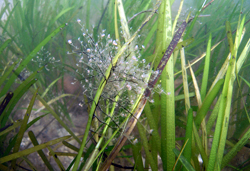
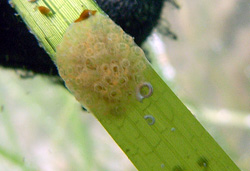
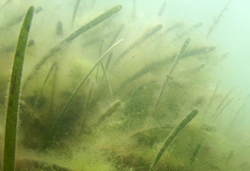
| 
| As with any surface in the marine environment, seagrass leaves provide a place for planktonic organisms to settle. When they settle on seagrass leaves, they are called epiphytes (sessile organisms that grow on plants). Epiphytes of seagrasses include algae (micro and macro), bacteria, fungi, sponges, bryozoans, tunicates, protozoa, hydroids, crustaceans and mollusks. Of all of these, algae are the most abundant and diverse group to colonize seagrass leaves. Algal epiphytes significantly contribute to the primary productivity of the ecosystem (20-60%), and form the base of many food webs within seagrass communities |
Last edited:
Thank you for this knowledge. So epiphytes are one of the nuisances of the macro algae realm basically. And you tumble your grasses to combat these amongst other reasons. I did notice something similar to your pictures and manually removed it with my fingers but if a full out bloom was to happen i would be doomed lol. I chose not to tumble for the aesthetics of the tank. With keen observation and constant care can I avoid tumbling?When I commercially grew seaweed, I tumbled it. The major advantage to tumble was to maximize all surfaces with exposure to light and to keep seaweed surfaces free of epiphutes.
Epiphytes




I use macro in most of my display tanks. I recently found an attractive red macro that stands up to hippo tang.Thank you for this knowledge. So epiphytes are one of the nuisances of the macro algae realm basically. And you tumble your grasses to combat these amongst other reasons. I did notice something similar to your pictures and manually removed it with my fingers but if a full out bloom was to happen i would be doomed lol. I chose not to tumble for the aesthetics of the tank. With keen observation and constant care can I avoid tumbling?
<head> <title>Macroalgae For Marine Reef Aquariums: Coralline Algae Cluster
Coralline algae can be placed in the aquarium to help seed the marine planted aquarium or reef tank with beautiful coralline algae.
www.live-plants.com
Note: The last picture is first light on 25 year mature reef: neither hippo or Sailfin tang graze on this seaweed.
Most of the Caulerpa species have holdfast for anchors.
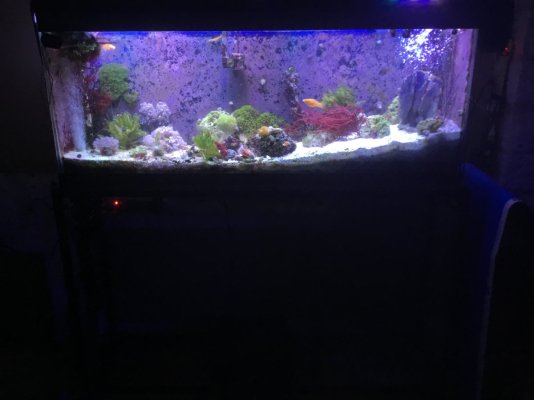
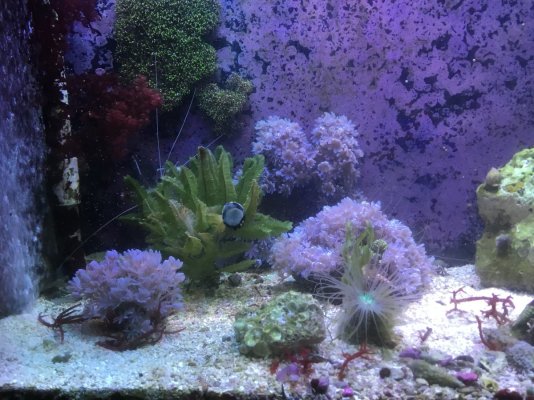
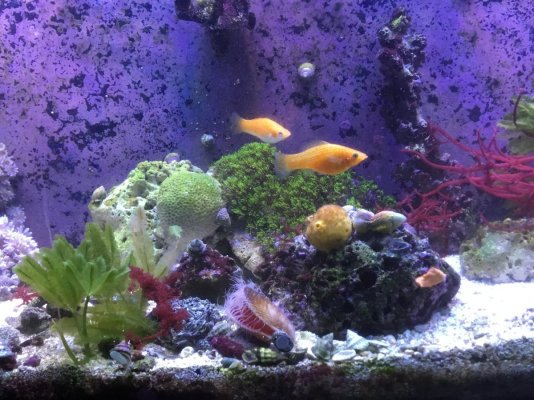
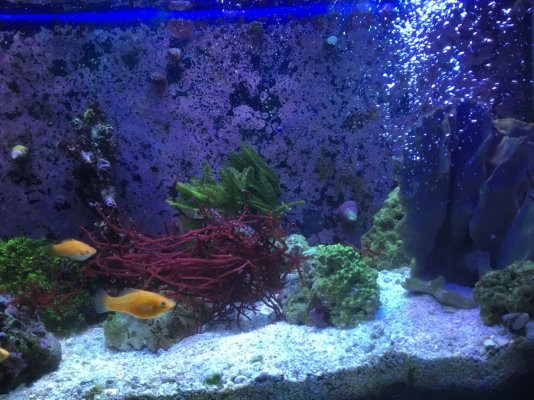
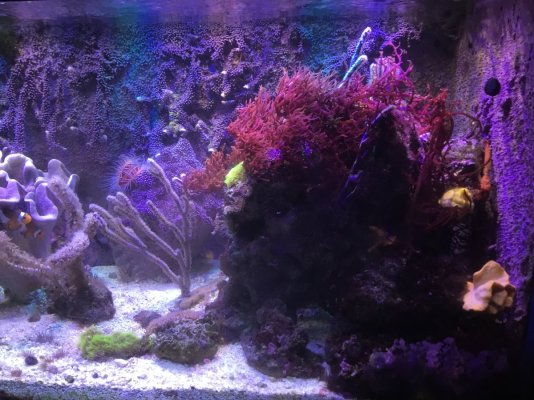
Last edited:
Woah that spinosum is great. Looks like thorns. Now I must find and add to my tank!I use macro in most of my display tanks. I recently found an attractive red macro that stands up to hippo tang.
<head> <title>Macroalgae For Marine Reef Aquariums: Coralline Algae Cluster
Coralline algae can be placed in the aquarium to help seed the marine planted aquarium or reef tank with beautiful coralline algae.www.live-plants.com
Note: The last picture is first light on 25 year mature reef: neither hippo or Sailfin tang graze on this seaweed.
Most of the Caulerpa species have holdfast for anchors.





Woah that spinosum is great. Looks like thorns. Now I must find and add to my tank!
I got some in a red macro grab bag from AquaticEcoSystems this past summer. I have placed this gorgeous macro in systems with 10,000 color-rendition and some in outside tanks that fluctuate between 60-75 degrees.
I just received Matted File Fish who likes the red seaweed matrix.
<head> <title>Macroalgae For Marine Reef Aquariums: Coralline Algae Cluster
Coralline algae can be placed in the aquarium to help seed the marine planted aquarium or reef tank with beautiful coralline algae.
www.live-plants.com
Eucheuma Spinosum |
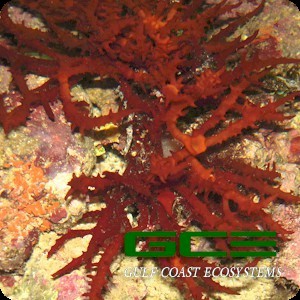
Use the drop down |
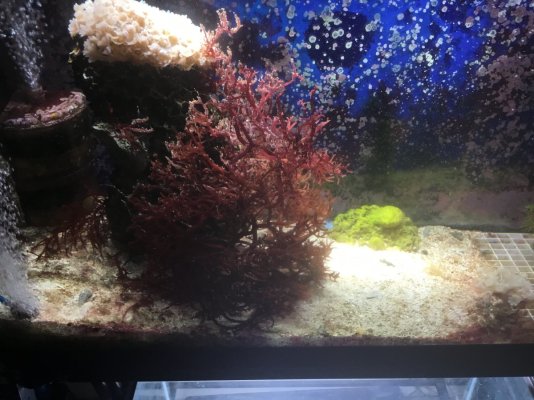
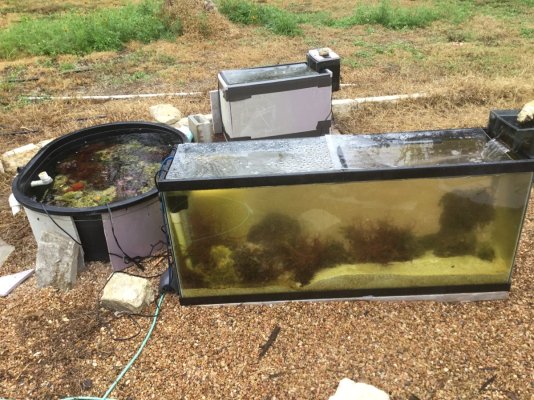
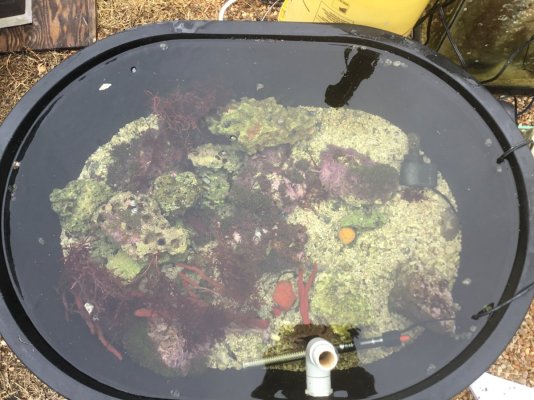
Last edited:
Chaeto will suffer when you attempt to root it. I see little need for Charto in display, when you already have fast growing feather Caulerpa which displays nicely.I also have chaeto anchored. As well as ogo. You say “necessary”?
Note that some fronds are disintegrating on Caulerpa Paspoidies, For ascetics, I should prune it. Instead, I allow mollies to graze it.
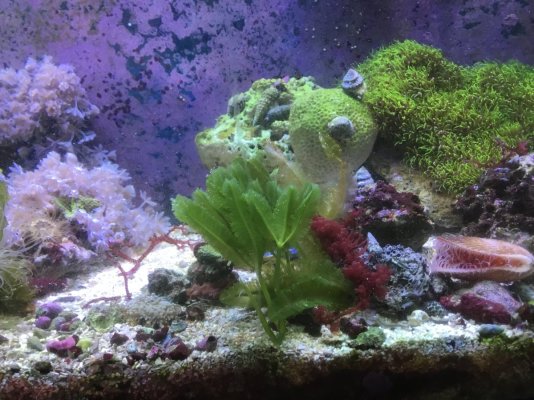
Last edited:
Sweet!I use macro in most of my display tanks. I recently found an attractive red macro that stands up to hippo tang.
<head> <title>Macroalgae For Marine Reef Aquariums: Coralline Algae Cluster
Coralline algae can be placed in the aquarium to help seed the marine planted aquarium or reef tank with beautiful coralline algae.www.live-plants.com
Note: The last picture is first light on 25 year mature reef: neither hippo or Sailfin tang graze on this seaweed.
Most of the Caulerpa species have holdfast for anchors.





Any other varieties that will survive Tangs?
Gracilaria Hayi is lightly calcified with only an occasional taste.Sweet!
Any other varieties that will survive Tangs?
Marine Plants in the Aquarium
macroalgae, marine plants, caulerpa, refugium substrate, marine macroalgae for sale
www.marineplantbook.com
A beautiful species of Gracilaria featuring rigid, flame shaped branches that form a tight symmetrical bush. It is lightly calcified so the addition of calcium is recommended. In shallow water it is often found in very large clumps covered in colonial tunicates or encrusted with epiphytic bryozoans. The coloration varies between deep crimson red to bright orange depending on the amount of light provided. It features a small holdfast that can be attached to rocks or left as a free floating specimen if desired. Overall it is undemanding and will grow well under a variety of conditions even in low flow environments. Due to its lightly calcified branches it is not known to be very palatable to fish or invertebrates.
Similar threads
- Replies
- 7
- Views
- 412
- Price: 50
- Shipping Available
- Replies
- 11
- Views
- 696
- Replies
- 2
- Views
- 344


















